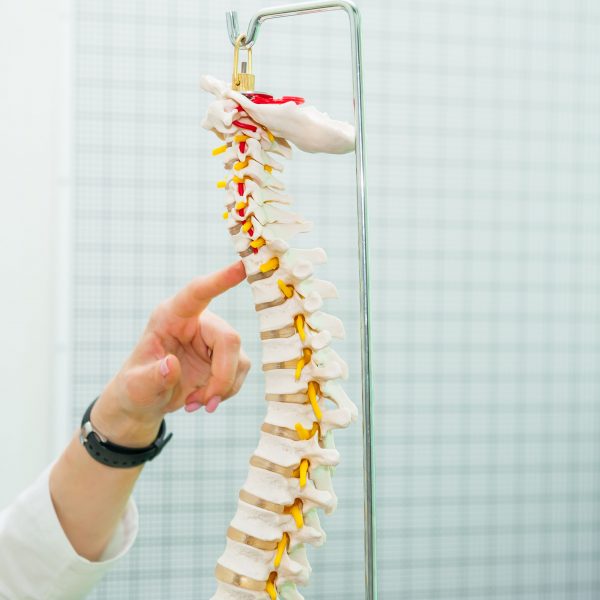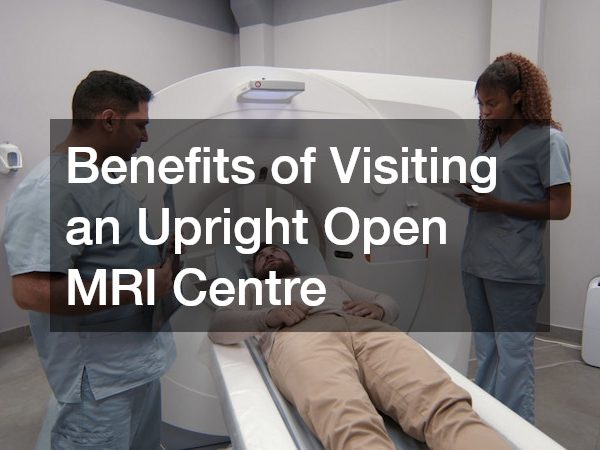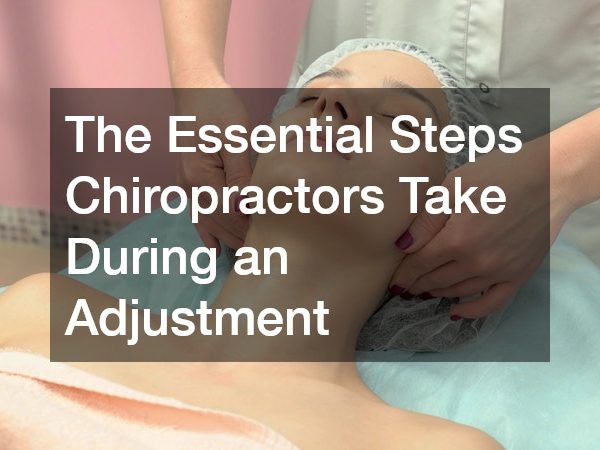It is impossible to live pain-free with all the dangers that your body and immunity are exposed to. Misaligned jaws and troublesome wisdom teeth are some of the most uncomfortable dental issues you might have to contend with.
Misaligned jaws denote a condition in which your lower and upper teeth do not meet. Wisdom teeth are your third molar set and will grow between ages 17 and 25. In most cases, the teeth are impacted, grow at an incorrect angle, have no space for their eruption or have cavities.
Wisdom teeth removal by a West Jordan-based dentist is the ideal choice for alleviating your discomfort in these cases. If on the other hand, you have jaw misalignment, various conservative treatments might be used to reduce your discomfort and maintain your mouth’s functionality.
The following are some of these corrective options.
Nighttime Mouth Guards
A dentist might recommend the use of a customized mouth guard when you are asleep if you have a misaligned jaw. This option will also reduce the effects of bruxism found in most patients with jaw misalignment.
Over time, the mouth guard will move your teeth into their proper alignment. This way, your misalignment and all the effects connected with it are corrected.
Tooth Reshaping
Your teeth might be in proper alignment, but your biting surfaces will not match if you have a misaligned jaw. In these cases, the dentist will have you bite down on a specific piece of paper which will outline your teeth’s alignment.
After this, they will use a dental tool which will reshape the surfaces of your teeth and cause the even touching of your teeth. This will distribute the pressure of the surface of your teeth evenly across the teeth.
Braces
 These are the standard alternative for jaw misalignment. Traditional braces have brackets which are cemented to your teeth and wires which connect them and slowly move your teeth. They can be used for the treatment of an overbite where your upper teeth project outwards.
These are the standard alternative for jaw misalignment. Traditional braces have brackets which are cemented to your teeth and wires which connect them and slowly move your teeth. They can be used for the treatment of an overbite where your upper teeth project outwards.
Headgear braces are the leading choice for severe jaw misalignment. These move your lower jaw backward and the upper forward thus aligning your jaw.
Upper Jaw Expander
This will correct an underbite in which the lower jaw protrudes over the upper one. The upper jaw expander comprises a wire frame which is fitted across your upper palate.
It will widen your jaw slowly using a particular key which slowly readjusts it. It will take about a year to correct your misaligned jaw with a jaw expander.
Tooth Extraction
This is used for the relief of the pressure caused by your jaws by misalignment. With relief from the overcrowding of your teeth, your jaw can then relax into a more natural position. This way, the misalignment is efficiently addressed.
Though effective, the above non-surgical options might not suffice in a few cases of jaw misalignment. These are cases in which you have difficulty chewing, swallowing and enduring jaw pain or chronic mouth breathing.
The same applies to patients with sleep apnea. In these instances, corrective jaw surgery is the treatment of choice to correct your misalignment and restore your mouth’s functionality.






